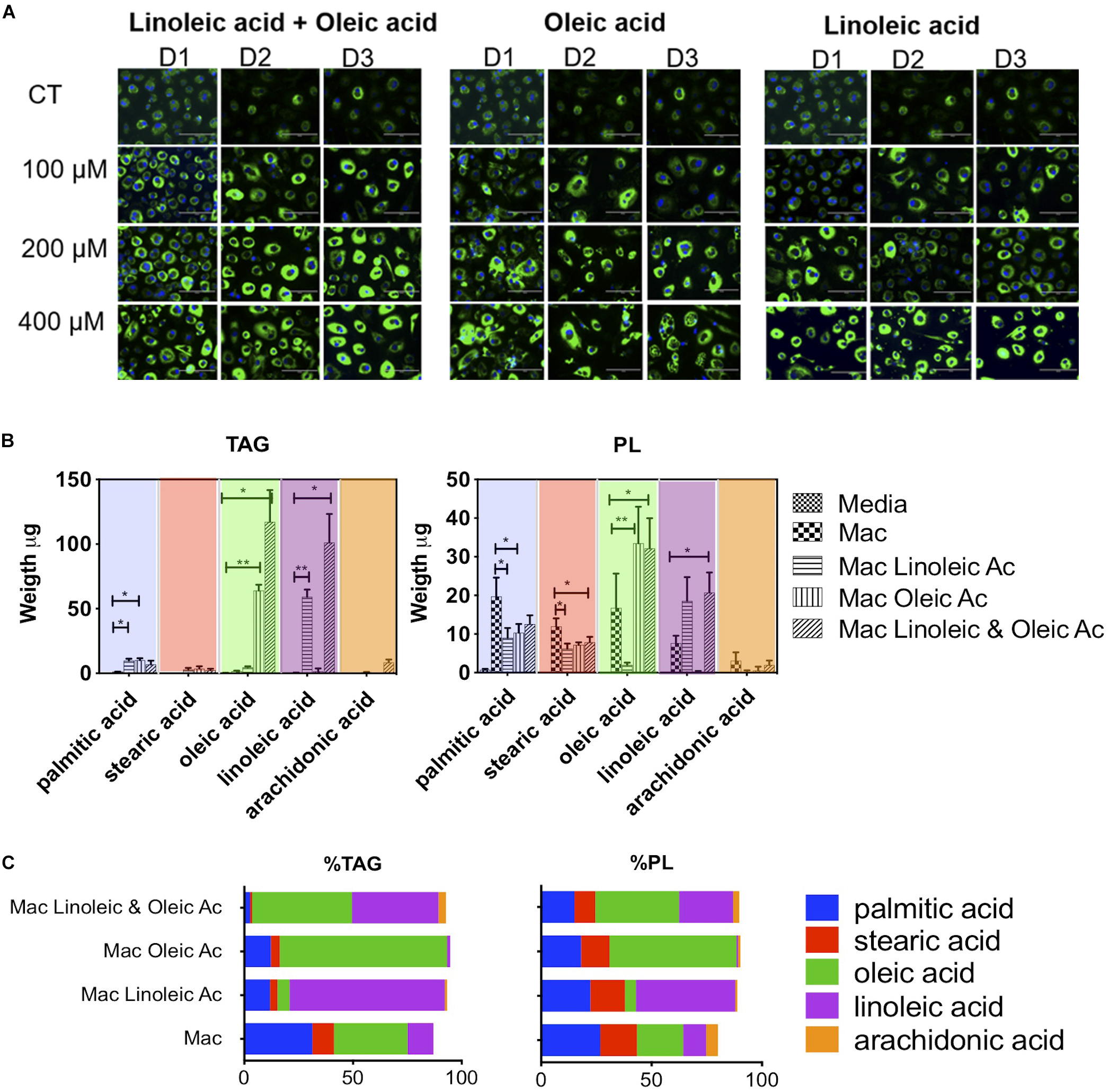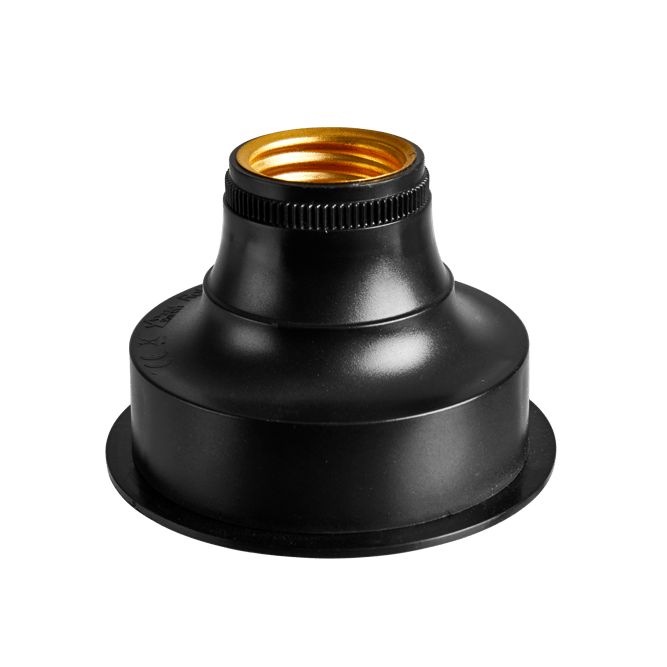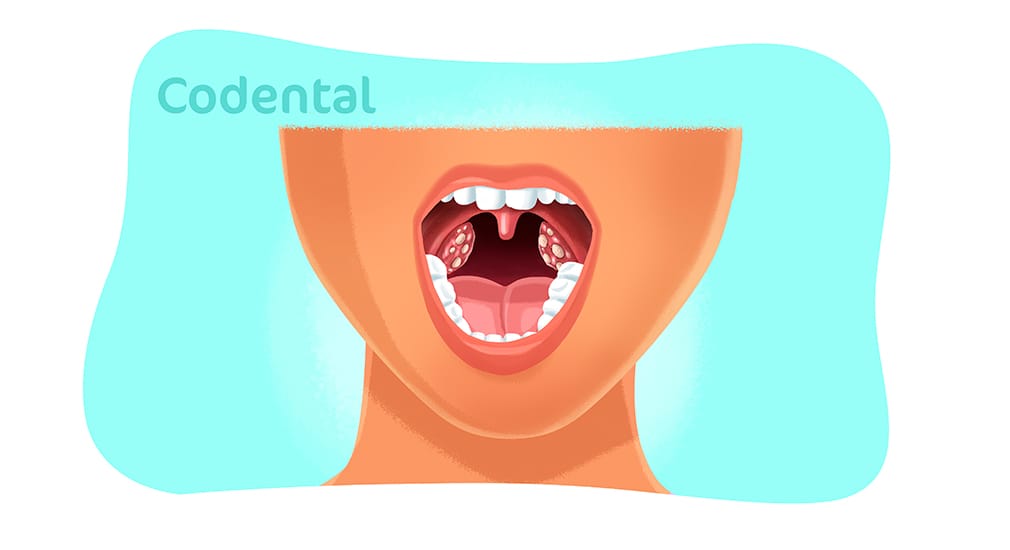Caseum development is the process of lipid enrichment with necrosis
5 (424) · € 27.00 · En Stock

Download scientific diagram | Caseum development is the process of lipid enrichment with necrosis, leading to cause treatment failure. Following the formation of granuloma against Mtb infection, necrotized foamy macrophages that surround the caseous center gradually begin to form the lipid-rich environment of the caseum. Caseum includes high TAG, cholesterol, lactosylceramide, and cholesterol ester. These lipid species are utilized for the replication of Mtb as well as induce a dormancy state that decreases drug efficacy. In the granuloma, Mtb-infected macrophages become lipid-rich foamy macrophages. Moreover, caseous necrosis with the necrotic death of infected foamy macrophages by activated T cells produces interferons and activates adjacent macrophages to lead to caseous necrosis. In addition, TAG-rich foamy macrophages are present in necrotic granulomas, and the presence of these macrophages is associated with a high level of TNF-α in the necrotic core. Take together acceleration of necrotic cell death in caseous foci provides nutrients for replication and confers TB drug tolerance to Mtb, suggesting inhibition of mycobacterial clearance, resulting in treatment failure. Mtb Mycobacterium tuberculosis, TAG triacylglyceride, TNF-α tumor necrosis factor-α from publication: Revolutionizing control strategies against Mycobacterium tuberculosis infection through selected targeting of lipid metabolism | Lipid species play a critical role in the growth and virulence expression of Mycobacterium tuberculosis (Mtb), the causative agent of tuberculosis (TB). During Mtb infection, foamy macrophages accumulate lipids in granulomas, providing metabolic adaptation and survival | Mycobacterium Tuberculosis, Lipid Metabolism and Drug Tolerance | ResearchGate, the professional network for scientists.

Caseum development is the process of lipid enrichment with necrosis

Frontiers Foam Cells Control Mycobacterium tuberculosis Infection

PathTracer Comprehensively Identifies Hypoxia-Induced Dormancy Adaptations in Mycobacterium tuberculosis

WNT6-ACC2-induced accumulation of triacylglycerol rich lipid droplets is exploited by M. tuberculosis

Lipid metabolism favoring for Mycobacterium tuberculosis (left side)

The expanding organelle lipidomes: current knowledge and challenges

PDF) Current Understanding on the Role of Lipids in Macrophages and Associated Diseases

Frontiers Phenotypic adaptation of Mycobacterium tuberculosis to host-associated stressors that induce persister formation

Histopathological heterogeneity in rabbits with active TB and

PDF) Foam Cell Macrophages in Tuberculosis

Penetration of PZA in cellular and necrotic lesions. (A) Two left

Inflammatory signaling in human tuberculosis granulomas is spatially organized. - Abstract - Europe PMC

IJMS, Free Full-Text

Biomedicines, Free Full-Text

The bacillary and macrophage response to hypoxia in tuberculosis and the consequences for T cell antigen recognition - ScienceDirect







